Some of England’s poorest areas face being trapped in coronavirus restrictions “permanently” unless the government tackles deep-rooted inequalities that are driving high transmission, according to a public health chief.
Prof Dominic Harrison, the director of public health at Blackburn with Darwen council, said the government’s “pointlessly punishing” approach would keep areas such as his under strict measures up to next summer.
He told the Guardian: “We do need the restrictions, but what we need is something that is going to be more effective, more helpful, less pointlessly punishing than continued controls that aren’t going to be effective, or that are unlikely to be effective in the medium term and cause continued and further economic damage.”
Boris Johnson is expected to announce the planned route out of England’s national lockdown next week. The lockdown is due to end on 2 December. Areas with the highest infection rates are expected to remain in the highest tier of restrictions, meaning the continued closure of non-essential retail, pubs and restaurants.
Blackburn has had more coronavirus cases relative to its population than any other part of the UK, despite having been under various forms of local restrictions since July. The Lancashire town has recorded 5,833 cases per 100,000 people since March. The next highest rates are in Oldham (5,667), Manchester (5,205) and Rochdale (5,078).
Harrison said analysis of the worst-hit areas showed that they were often more deprived, had a high proportion of frontline workers and multi-occupancy housing, and a relatively larger Black and minority ethnic population.
In Blackburn, the poorest areas have had the heaviest toll from Covid-19. Residents in areas among the most deprived 10% nationally had had 2,678 cases since the pandemic began, Harrison said, while those in the wealthiest 10% had had none.
“If the national strategy for controlling the virus, particularly in high-risk areas, isn’t going to address some of those issues, then it’s unlikely to be successful,” he said. “Effectively it would be sanctioning local authorities with high rates by imposing a further burden of sustained economic deprivation, which actually will exacerbate some of the causes. And we’re there because some of the thinking at national level is insufficiently matched to the challenge.”
Official data shows that the tier 3 measures imposed in October helped reduce coronavirus rates in the worst-hit areas, including Blackburn, where the seven-day average of cases began to fall gradually from 23 October, a week after the restrictions were introduced. The same effect was seen in the Liverpool city region and Greater Manchester.
Covid-19 antibodies reduce faster in men than women – study
Read more
However, the government’s Scientific Advisory Group for Emergencies (Sage) has said it expects coronavirus cases to fall more slowly in the second wave than in the first and that “there will be very limited room to relax interventions”.
Harrison said a number of areas “stand a high risk of being in tier 3 permanently” unless bold initiatives are taken to address structural inequality. The government’s £500 support payment for people self-isolating was insufficient, he said, and should be replaced by a scheme that paid workers their full average wage, as in Germany.
He added: “We need the tiering system or some method of control. But for a number of areas that are self-evidently much more risky because of some of those structural factors, mainly to do with inequality, we need a generational plan to help them recover from both the impact and escape the things that have been causing increased risk of higher rates of Covid.”

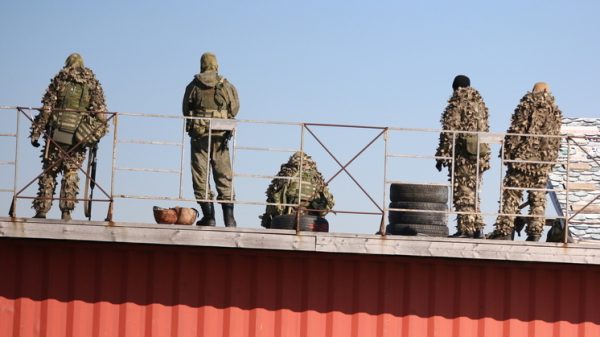


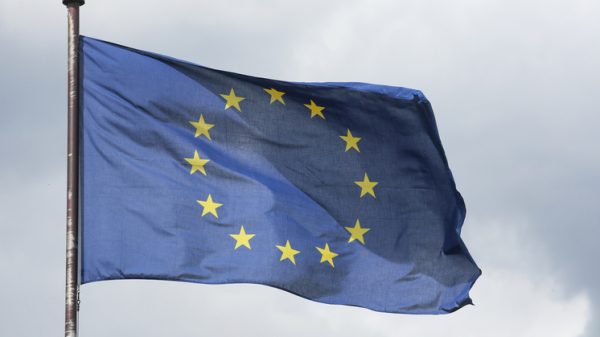
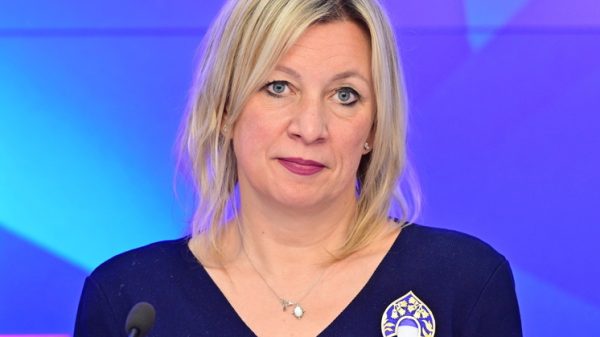










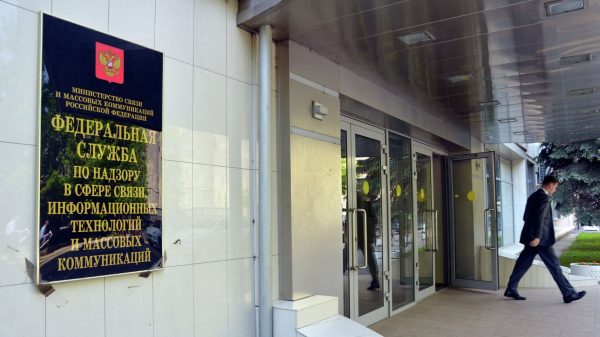


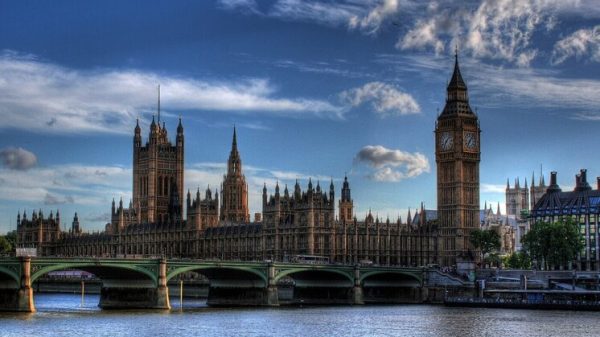

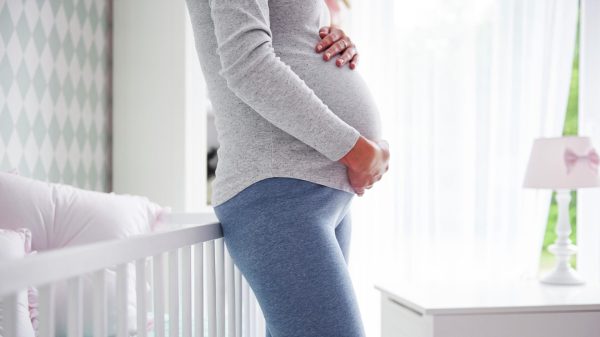








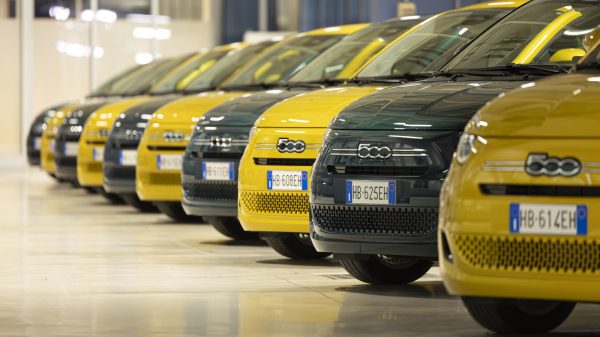







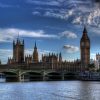















Свежие комментарии